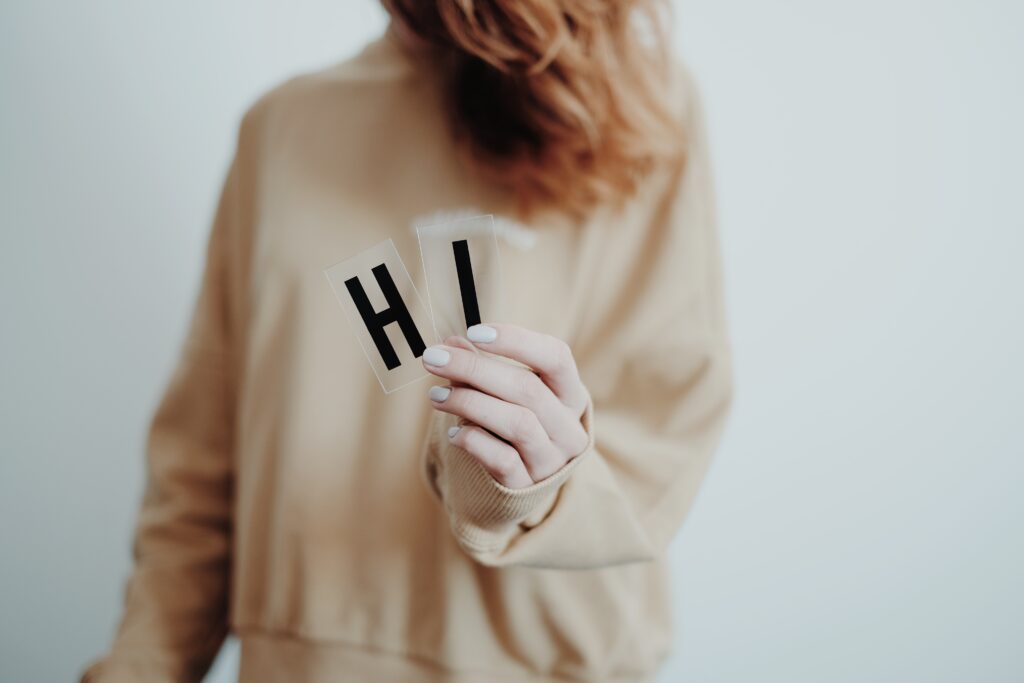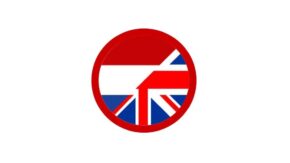
In Dutch, the most common way to say “hi” or “hello” is “hallo.” However, there are also other greetings you can use depending on the time of day and the level of formality. Here’s a comprehensive guide on how to say “hi” in Dutch.
Greetings In Dutch
How to practice greeting people in Dutch 1) "Hallo" (informal): This is the standard way to say "hi" or "hello" in Dutch, and it can be used in most situations. 2) "Hoi" (informal): This is another casual way to greet someone, similar to "hi" or "hey" in English. It's commonly used among friends, family, or in informal settings. 3) "Goedendag" (formal): This is a more formal way to say "good day" or "good afternoon." It's often used when addressing strangers, people of authority, or in formal business situations. 4) "Goedemorgen" (formal): This means "good morning" and is used as a greeting in the morning until around noon. 5) "Goedenavond" (formal): This means "good evening" and is used as a greeting in the late afternoon and evening. 6) "Dag" (informal or formal): This is a versatile word that can mean both "hi" and "bye." It's less formal than "hallo" and can be used in various contexts, depending on the tone and situation.
People In Dutch
Remember that the level of formality can vary depending on the relationship with the person you’re greeting and the specific setting. If in doubt, it’s generally safe to start with “hallo” or “goedendag” and adjust based on the response or the level of formality of the situation.
Example of simple conversations in Dutch Informal: Person A: Hallo! Person B: Hoi! Alles goed? Person A: Ja, prima! En met jou? Formal: Person A: Goedendag! Person B: Goedendag! Hoe kan ik u helpen? Person A: Ik heb een vraag over deze factuur.
Remember, language and culture are closely intertwined, so using the appropriate greeting can help create a positive impression when communicating with Dutch speakers.
